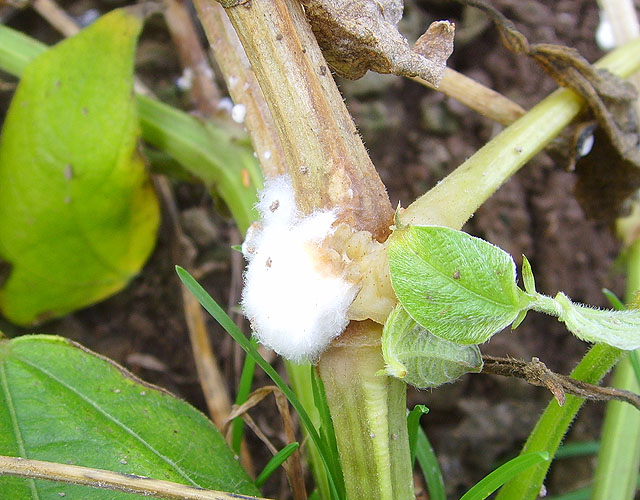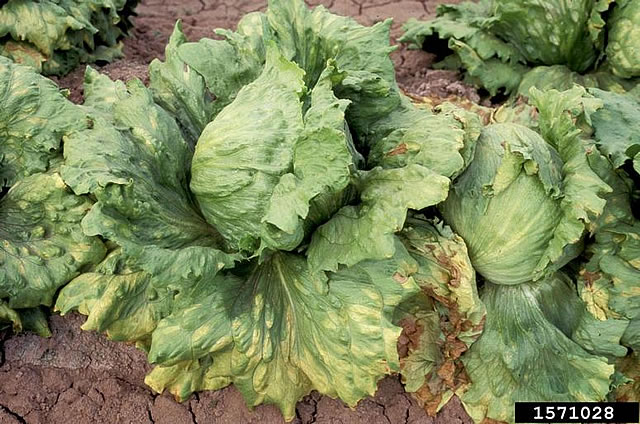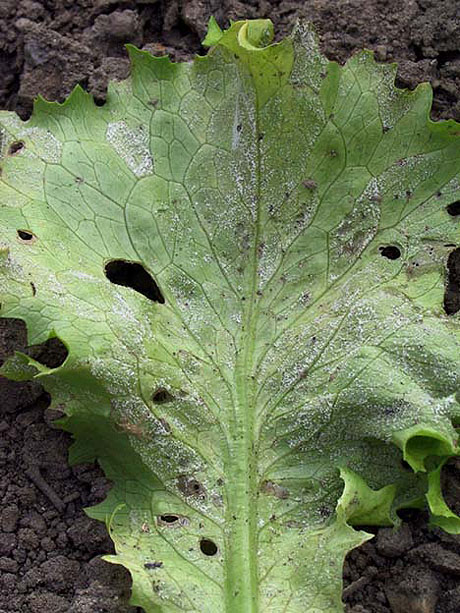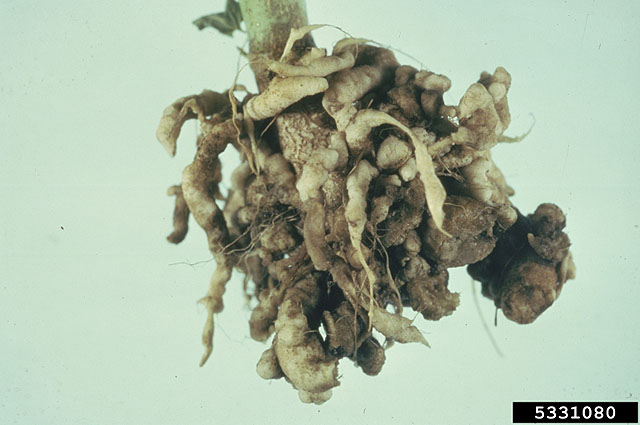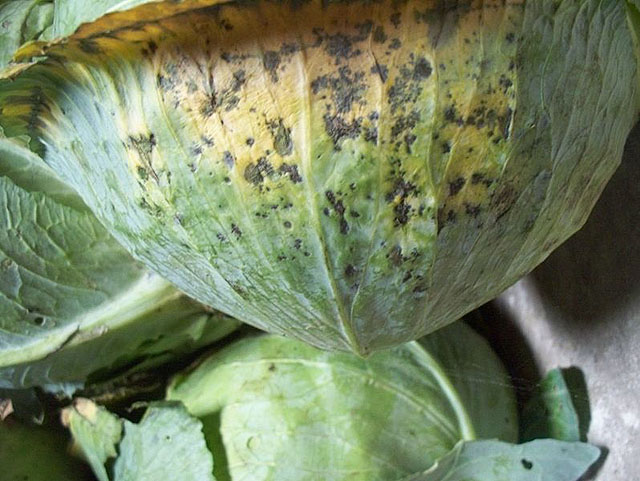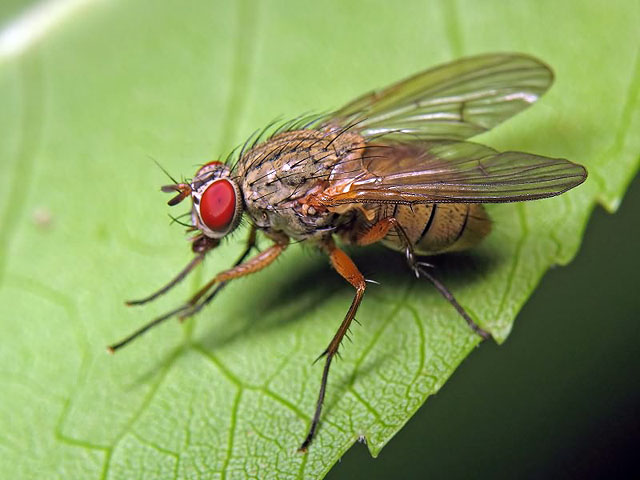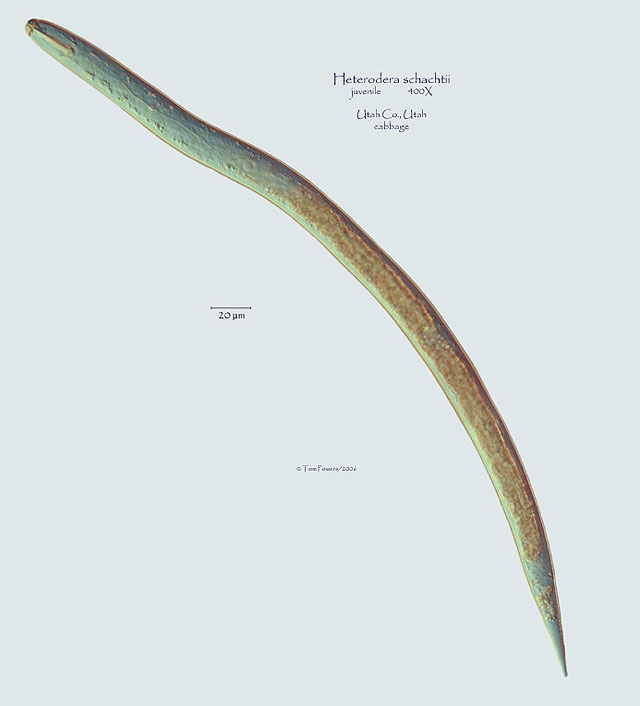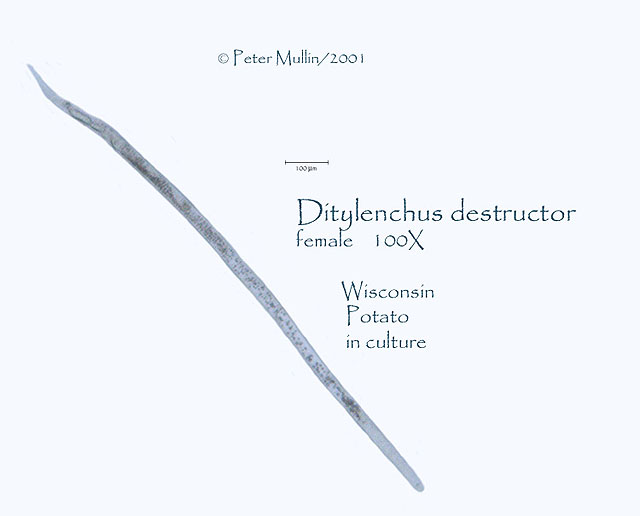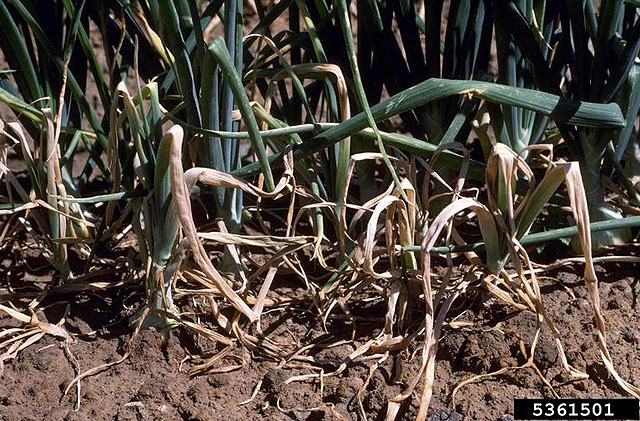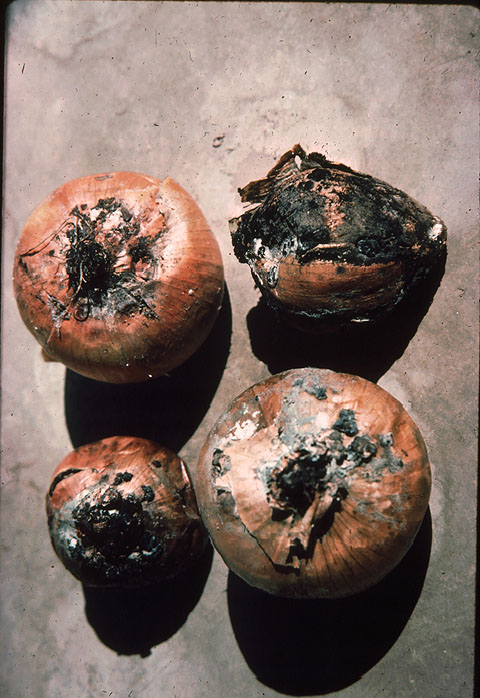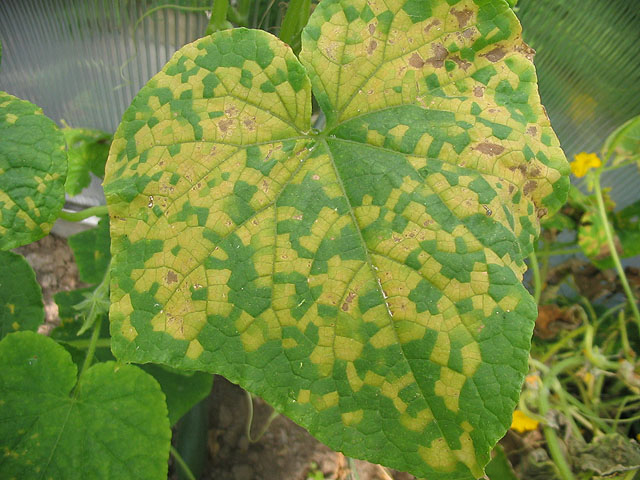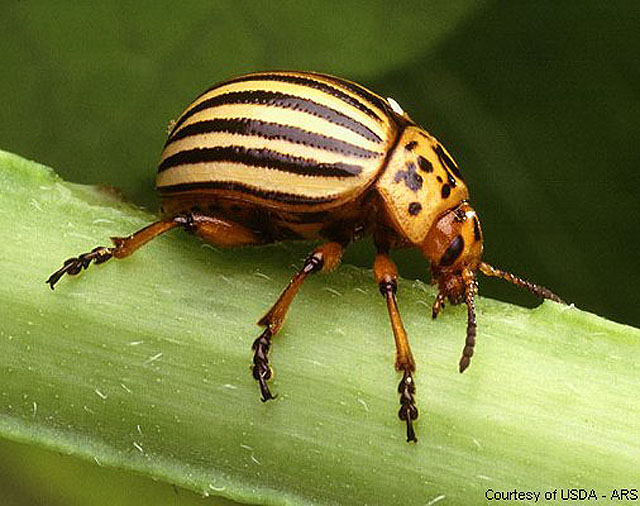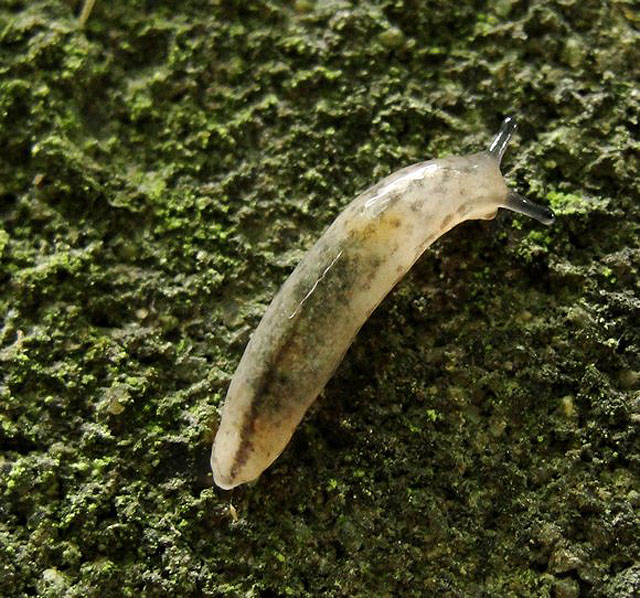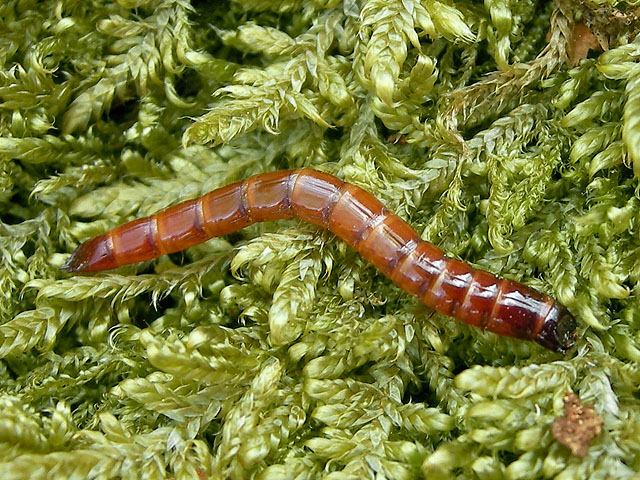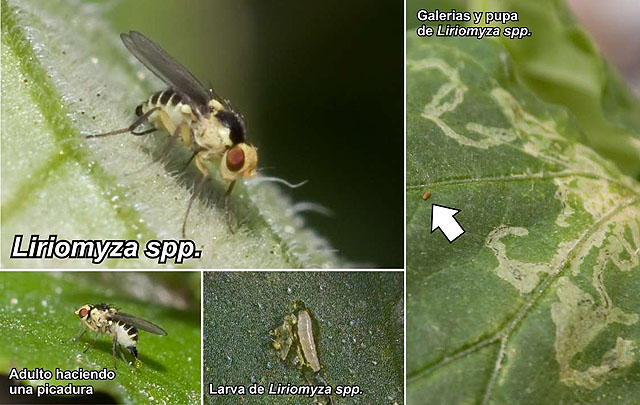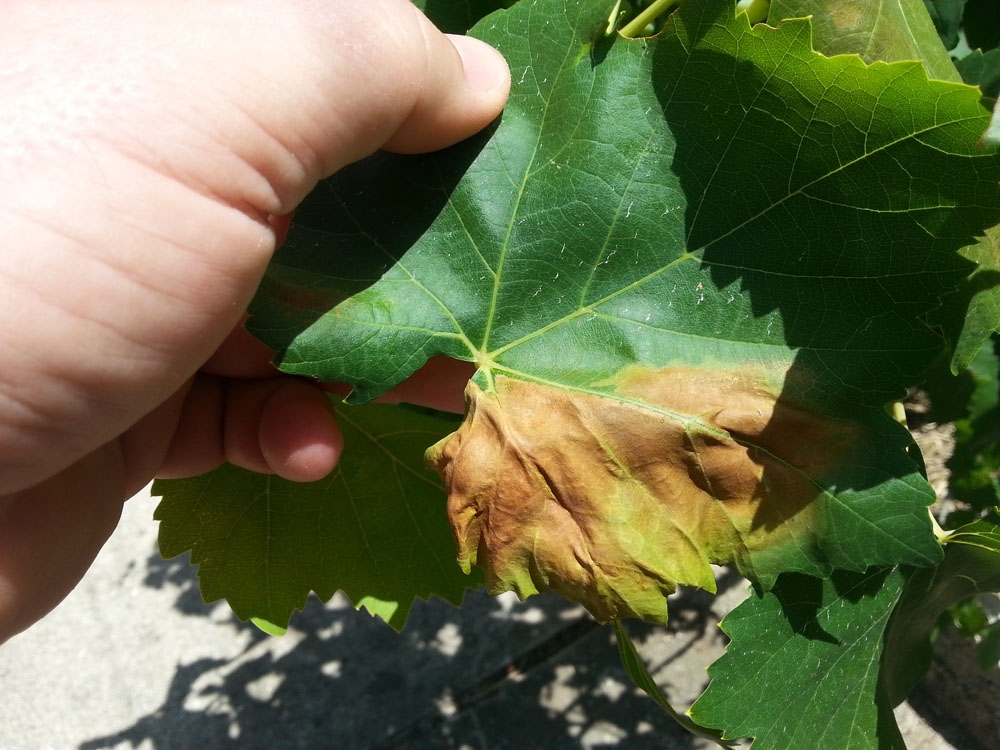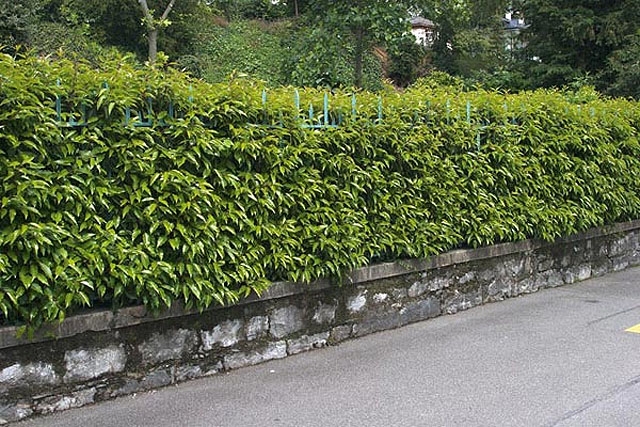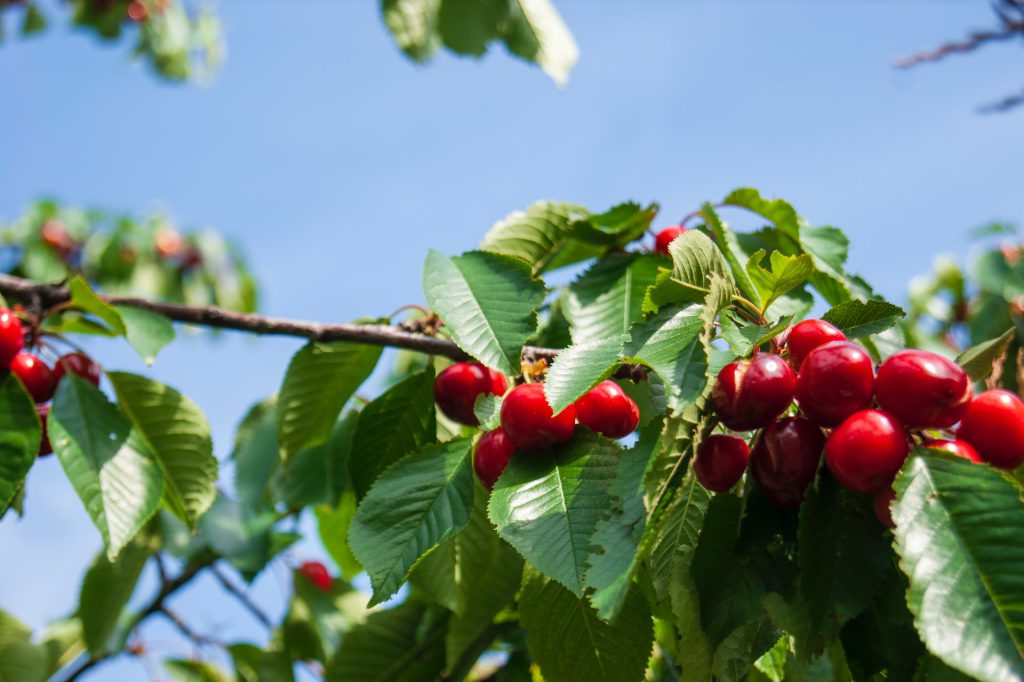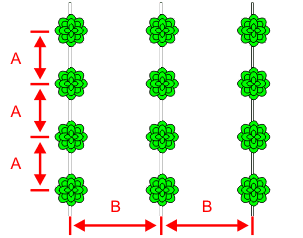Disease and pest infestations on vegetables are one of the biggest problems that the amateur gardener has to deal with in his garden.
As you will see below, there is not much we can do about our vegetables as a drastic preventive measure.
I will give you tips about 14 vegetables.
- Lettuce
- Cabbage
- Cauliflower
- Carrot
- Onion
- Tomato
- Cucurbits
- Potatoes
- Endive
- Dill
- Celery
- Spinach
- Peppers
- Okra
How to avoid unpleasant situations
In order to avoid unpleasant situations in our vegetables it would be wise to follow some general guidelines such as, always use healthy seeds and plants ( as far as we can and we have the possibility to know), the manure we use should be well digested because especially in vegetables fresh manure causes the following: it attracts diseases and pests, the decomposing bacteria get nitrogen to sustain themselves, the plants get burnt by the high temperature that develops during decomposition and also has toxic substances. In addition, we destroy residues from a previous crop we had, we should not plant the same vegetable for many years in the same place because it becomes stunted and nematodes increase and finally we can do companion planting for our vegetables with other plants that protect each other from diseases.
Also some natural control measures that are applicable to vegetables, such as protective nets and black plastic sheets that cover the soil and protect our plants from fungal diseases, weeds, soil insects or even mammals. Still, chromotropic traps that aim to attract insects. It is a low cost method and with a sufficient number of traps you will see results even in your garden. Finally, water: watering with plenty of water and high humidity conditions protect our plants from the spider mites for sure! There are also biotechnological means which I must say that they do not work preventively but they are immediate remedies and are not toxic. They contain substances that not only limit the growth of fungi but their action is maintained for a long time. Such substances are:
- Rotenone: Is an odorless, colorless, crystalline isoflavone used as a broad-spectrum insecticide, piscicide, and pesticide. It occurs naturally in the seeds and stems of several plants, such as the jicama vine plant, and the roots of several members of Fabaceae. Is a powerful insecticide for a wide range of insects especially those that move slowly such as aphids and caterpillars. It is not toxic to humans or animals.
- Pyrethrin: The pyrethrins are a class of organic compounds normally derived from Chrysanthemum cinerariifolium that have potent insecticidal activity by targeting the nervous systems of insects. Pyrethrin naturally occurs in chrysanthemum flowers and is often considered an organic insecticide. It is not toxic like rotenone.
- Neem oil: Also known as margosa oil, is a vegetable oil pressed from the fruits and seeds of the neem (Azadirachta indica), a tree which is indigenous to the Indian subcontinent and has been introduced to many other areas in the tropics. It is the most important of the commercially available products of neem and is used for organic farming and medicines..
- Nicotine: A powerful insecticide produced from tobacco but toxic to humans.
- Extracts-Essential oils: We can often make them ourselves at home and they have good fungicidal and insecticidal properties, Mostly used are extracts of garlic, onion, hot pepper, nettle and cassia. Their properties are mainly due to the fact that they contain fungicidal and insecticidal elements, such as onion and garlic, which contain an abundant amount of sulphur. In recent years, particular emphasis has been placed on the essential oils of peppermint, lavender and sage.
Lettuce (Lactuca sativae)
The positive thing about lettuce is that if the soil is properly prepared it rarely gets sick! If not, then you may be experiencing some of the following:
Pythium ultimum (Rhizoctonia solani, Pythium sp): caused by fungi and as a preventative measure we can disinfect the soil, sow sparsely, avoid moisture as much as possible and always use disinfected seed. It causes the damping-off and root rot diseases of hundreds of diverse plant hosts
Downy (Bremia lactucae): caused by a fungus and manifested after rain as chlorotic spots on the leaves with a white rash on the underside. As a preventive measure, limit watering. See also: Downy mildew of cucurbits, Potato late blight, Tomato late blight.
Figure 1. Downy in lettuce.
Figure 2. Downy on the lower leaf surface where the white fungal rash is evident.
White mold (Sclerotinia sclerotiorum): In lettuce it appears as a wet rot on the part of the plant that is close to the ground and eventually wilts our lettuce. It is recommended to reduce moisture and plant on mounds. Is a plant pathogenic fungus and can cause a disease called white mold if conditions are conducive. S. sclerotiorum can also be known as cottony rot, watery soft rot, stem rot, drop, crown rot and blossom blight. A key characteristic of this pathogen is its ability to produce black resting structures known as sclerotia and white fuzzy growths of mycelium on the plant it infects. These sclerotia give rise to a fruiting body in the spring that produces spores in a sac which is why fungi in this class are called sac fungi (Ascomycota). This pathogen can occur on many continents and has a wide host range of plants. When S. sclerotiorum is onset in the field by favorable environmental conditions, losses can be great and control measures should be considered.
Figure 3. White mold on a bean plant.
Viruses: significant damage is caused by the lettuce mosaic virus transmitted by seed and aphids. As a preventive measure, we use healthy seed, remove our diseased plants and control aphids.
A good prevention technique that can be applied to all vegetables to avoid infestations and pests is crop rotation. Lettuce can be followed by tomato and onion, followed by beans, spinach, radish and carrots.
Cabbage (Brassica oleraceae, variety Capitata)
Cabbage should not be planted in the same place for 2-4 years. What we will find in cabbage are:
Cabbage clubroot (Plasmodiophora brassicae): the cause of the disease is a fungus that causes deformities in the underground part of the plants. Soil disinfection and crop rotation are recommended. Clubroot is a common disease of cabbages, broccoli, cauliflower, Brussels sprouts, radishes, turnips, stocks, wallflowers and other plants of the family Brassicaceae (Cruciferae).
Figure 4. Cabbage clubroot of a broccoli roots.
White mold (Sclerotinia sclerotiorum): the same fungus as lettuce. Apply a perennial crop rotation.
Downy mildew (Hyaloperonospora brassicae): the fungus causes pale spots on the upper surface of the leaves. There is no preventive measure for downy mildew other than to remove infected plants as soon as they are noticed. See also: Downy mildew of cucurbits, Potato late blight.
Viruses: cause dwarfism in our plants and chlorosis on the leaves. By controlling aphids and destroying weeds we protect our plants from viruses.
Alternaria leaf spot (Alternaria brassicae): the fungus causes spots on the head of the cabbage and causes loss of commercial value. Alternaria brassicae is a plant pathogen able to infect most Brassica species including important crops such as broccoli, cabbage and oil seed rape. As a precaution, we plant sparsely. See also: Potato Early blight, Early tomato blight (black spot), Alternaria leaf spot of beet.
Figure 5. Alternaria leaf spots on a cabbage head.
Cabbage fly (Hylemya (Delia) brassicae): Delia radicum, known variously as the cabbage fly, cabbage root fly, root fly or turnip fly, is a pest of crops. The larvae of the cabbage root fly are sometimes known as the cabbage maggot or root maggot. The adult flies are about 1 cm long and are grey in color, but otherwise resemble the common house fly. The first sign of the presence of the larvae is a delay in plant growth accompanied by the withering of leaves which develop a bluish tinge. The larvae are found on cabbage, turnip, swede, radish, and other cruciferous crops. Sometimes, 300 larvae can be found on one plant, damaging the inner parts of the main root and disrupting the transport of water and nutrients to the stem and leaves causing the death of many plants. To protect cabbages, we can plant oregano among the cabbages.
Figure 6. The cabbage fly.
As a preventive protection we can use a nettle solution, water the roots every 2 weeks to make them stronger. Also, don’t plant cabbage where you might have previously planted mustard!
Cauliflower (Brassica oleraceae, variety Botrytis) and Radish ( Raphanus sativus)
See cabbage.
Carrot (Daucus carota):
In carrots we meet:
Nematodes (Heterodera schachtii): they cause deformities in the root tubers and as a precaution we can crop with cereals. See also: Root-knot nematode, Stem nematode.
Figure 7. The nematode affecting carrots.
White mold (Sclerotinia sclerotiorum): the fungus causes root rot. As a preventive measure, rotate crops.
Bacteriosis: avoid excessive moisture.
When rotating crops, carrots follow cabbage, cucumber, tomatoes and legumes. In general, carrots should be planted in soil that have been fertilized with sufficient manure.
Onion (Allium sepa)
Onion can be planted following the cultivation of tomatoes, potatoes, corn, etc.
Nematodes (Ditylenchus spp.): they cause rotting of the subsoil part. To avoid them we can do perennial crop rotation. See also: Root-knot nematode, Stem nematode.
Figure 8. One of the nematode species that infest onion.
Fusarium wilt (Fusarium oxysporum): Fusarium wilt is a soil-borne fungal disease. It causes the water-carrying (xylem) vessels to become blocked, so that the plant wilts and often dies. The fungus attacks the underground part and causes chlorosis and drying in the above-ground part. As a precautionary measure, apply crop rotation and use resistant varieties.
Figure 9. Fusarium wilt in onions.
Botrytis (Botrytis allii): in order to prevent botrytis, it is recommended to dry the bulbs well, to seek low temperature and humidity where we will store our onions. See also: Botrytis (Grey mold).
Figure 10. Botrytis on dry onions.
Onion smut (Urocystis cepulae): Onion smut is caused by the soil-borne fungus Urocystis cepulae and infects the flag leaf (cotyledon) as it grows through the soil. This is the most common, maybe only infection stage. Often the seedling survives this initial infection and the characteristic black streaks and blisters appear in the leaves and small bulbs later in the growing season as the fungus moves from the infected flag leaf to younger leaves. Some seedlings will be killed by the disease. Causes black pustules on leaves. As a precautionary measure, use resistant varieties and burn the residues of the previous crop. See also: Anthracnose of cucurbits.
Figure 11. Onion smut on fresh onions.
Also, a thin layer of sand on the soil surface prevents worms.
Tomato (Lycopersicon esculentum)
You can plant onion and garlic among your tomatoes where they act as repellents for harmful tomato insects. We can also water the roots with a solution of nettle to make them stronger and more resistant.
Cucurbits ( Cucurbita spp)
Do not plant cucurbits in the same place until after 5 years.
Downy mildew (Pseudoperonospora cubensis): is a species of water mould known for causing downy mildew on cucurbits such as cantaloupe, cucumber, pumpkin, squash and watermelon. This water mould is an important pathogen of all these crops, especially in areas with high humidity and rainfall. See also: Downy mildew of cucurbits, Potato late blight, Tomato late blight.
Figure 12. Downy mildew on a zucchini leaf.
Potatoes ( Solanum tuberosum)
You can plant mustard or spinach with potatoes because they help to strengthen the root system of the potato.
Potato beetle (Leptinotarsa decemlineata): a leaf-eating beetle. As a precautionary measure, we can lay a half-digested compost mixed with lime on the soil or spray with BIOSAN. See also: Colorado potato beetle.
Figure 13. The potato beetle.
Endive (Cichorium endivia)
Snails (Agriolimax agrestis): hoeing in autumn makes the soil fluffier and makes it easier for snails to enter deeper layers, hoeing in spring helps to destroy their eggs and applying wood ash around planting lines helps to avoid infestation.
Figure 14. The snail… cute..
Downy mildew (Peronospora lactucae): three-year rotation with plants not belonging to the same family helps to avoid infestation. See also: Downy mildew of cucurbits, Potato late blight, Tomato late blight.
Anthracnose (Marssonina panattoniana): the main preventive measure is to avoid excessive moisture in the soil (less watering and better drainage), the seed used must be certified and the application of 3-4 years of crop rotation helps considerably. See also: Anthracnose of cucurbits.
Dill (Anetum graveolens)
Celery fly (Acidia heraclei): larvae feed on the leaves of a wide variety of plants. Crop rotation and the use of yellow sticky traps work effectively for controlling this insect’s population.
Wireworms (Agriotes lineatus): frequent hoeing so that once they appear we can bring them to the soil surface before they can damage our root system. See also: Wireworms.
Figure 15. Wireworm.
Celery (Apium graveolens)
Similar to dill.
Spinach (Spinacia oleracea)
Cercospora leaf spot of spinach (Cercospora beticola): symptoms occur as numerous, initially small circular leaf spots (see photo). Spots have a pale brown to off-white center with a red margin. Lesions expand in size, coalesce, turn gray as the fungus sporulates, and can result in extensive loss of foliage. Younger leaves at the center of the plant are often less severely affected. The pathogen produces sclerotia or stromata which can be seen with a hand lens as small, black dots in the center of lesions. Lesions may also occur on petioles, flower bracts, seed pods, and seeds. Leaf symptoms are similar to those caused by Beet Phoma (Phoma betae), except that the phoma will have more obvious tiny fruiting bodies in the lesions and can also affect the roots. We must use healthy seed and immerse it in water at 50 degrees Celsius for 25 minutes. See also: Cercospora leaf spot.
White mold (Sclerotinia sclerotiorum): the fungus causes root rot. Avoid excessive moisture in the soil.
Peppers (Capsicum annum)
Aphids: preventive measures include using healthy seedlings at transplanting, using yellow sticky traps and removing infected shoots when we have a small infestation. See also: Aphids, Vegetable Aphids, Potato Aphids.
Caterpillars: proactively destroy weeds, do not grow pepper plants near corn or cotton plants, and use light traps at night to attract caterpillars. See also: Cabbage white butterfly, Egyptian cotton leafworm.
Serpentine leafminer (Liriomyza spp.): the characteristic symptom is the tunnels they make on the leaves. As a preventive measure, disinfect the soil and use insect nets. See also: Serpentine leafminer – Liriomyza.
Figure 16. The photo shows the adult Serpentine leafminer, and the damage it does to the leaves.
Okra (Hybiscus esculentus)
Aphids: take care of the good growth of the plants, but be careful with nitrogen fertilization because it will result in excessive growth of the vegetation and consequently the chances of infestation increase. See also: Aphids, Vegetable Aphids, Potato Aphids.
Soil Insects: lots of digging to bring the to the soil surface.
Septoria bligh spot (Septoria petroselini): Typical early symptoms are brown leaf spots on leaves and cotyledons (Figure 1). Leaf spots are usually 1–5 mm in diameter and are variable in shape, often developing at the leaf margins. As the disease develops, the number and size of leaf spots increases so that there can be extensive blight of the foliage. Apply a 2 year rotation with plants not belonging to the same family and in addition use healthy seed or soak it in water at 50 degrees Celsius for 25 minutes.
Sophia Papazoglou for kalliergo.gr
Agricultural Scientist MSc “Environmental Management”
Tags: DISEASES • ENEMIES • PREVENTION • SOFIA PAPAZOGLOU AGRONOMIST • VEGETABLES

